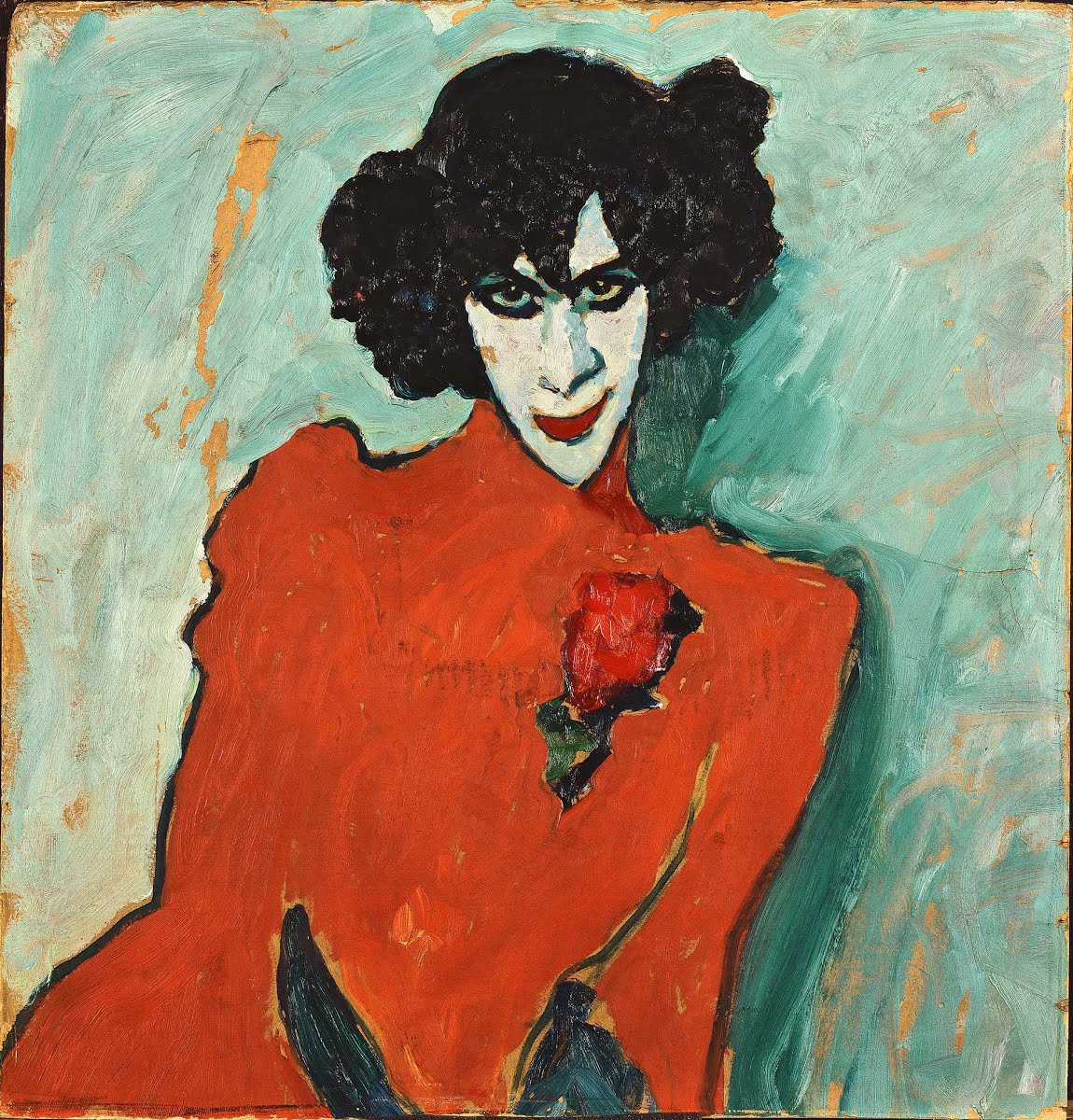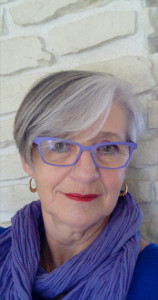
From face to face

We have all seen a painting by Alexej von Jawlensky.
But we don't necessarily remember his name. Even if we immediately think of the Munich of 1910 and the expressionist movement of the Blue Rider. For von Jawlensky belonged to the mythical Blauer Reiter alongside Vassily Kandinsky, Franz Marc and August Macke.
Art movements have become sufficiently rare that the great artistic waves of the twentieth century are remembered and cherished as "modern". Even those that are now more than 100 years old. A sign that modernity has dissolved into contemporaneity and then into actuality. The impoverishment of our collective cultural intelligence has turned these chosen terms into indigent synonyms. Thanks to L'Œil for bringing to light a pivotal work.
Among the paintings by von Jawlensky in circulation, his Portrait of the Dancer Alexander Sakharov has the particularity of making us all say a slightly confused "Oh yes, of course". Indeed, it is difficult to forget that dark, maddening look that stares at us with an air of defiance underlined by an ambiguous Joker smile.
The specific genius of von Jawlensky does not, however, lie in this somewhat crude, even slightly trashy, treatise, which inevitably recalls, albeit less radically, his contemporary Egon Schiele. Alexej von Jawlensky made the pictorial questioning of those years of swing between figuration and abstraction his own. He always retained a very "Blue Rider" expressionist dimension in his painting.
The rectangles, arcs and squares of colour that suddenly invade his canvases do not seek to make sense by finding a compositional balance that speaks to the eye. On the contrary, the representational intention remains intact. Mimesis does not merge with pure geometry to invest the latter with the adventurous mission of making art on its own. It is quite the opposite. With von Jawlensky, there is no formal mathematics of colour. One arrives at geometry by purifying the reality represented. Here it is reality that becomes abstract.
The figures in the portraits painted by von Jawlensky in the early 1930s are both geometric and human. The significance of this mixture of genres is not, however, thought of as a departure from the figurative towards something else. Towards new artistic lands to explore. It is a desire to represent the humanity of Man by abstracting the very individuality of the painted individual. And the face becomes a figure.
As in his Portrait of a Dancer of 1909, it is always inner states exteriorised by the being that Alexej von Jawlensky seeks to fix and share. The identification with the subject is only made easier now, for what was once readily singular now becomes universal. By moving from the extreme to the indeterminate, we have simply changed our conception of exemplarity. A painting born of this "abstract expressionism" is the portrait of us all. And it thus attaches an "abstract head" to our bodies.
 |
This pictorial grafting has a precise aim: to find a way of expressing the invisible concretely, visually: the mystical dimension of Man. Alexej von Jawlensky painted archetypes. Translate: what is best in us. According to him.
Illustrations:
- Alexej von Jawlensky Portrait of dancer Aleksander Sakharov - 1909
- Alexej von Jawlensky - Abstract head - karma - 1933





































































